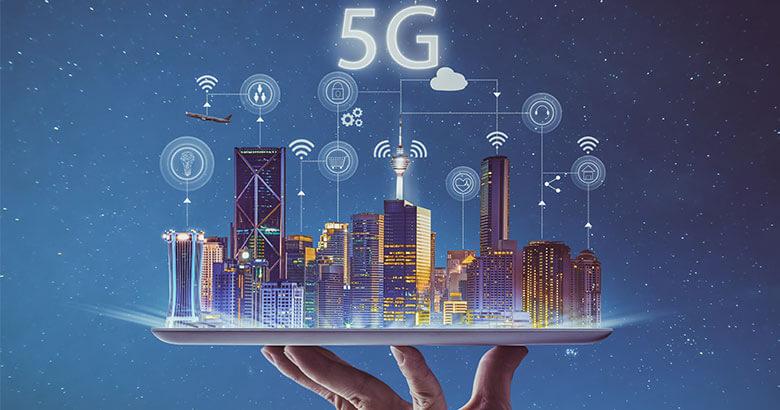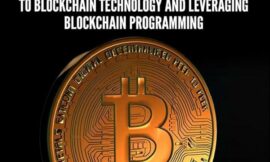In a world where staying connected has become as essential as breathing, the evolution of mobile technology continues to shape our lives in profound ways. Among the many leaps forward, 5G stands as a beacon of promise and transformation. As the fifth generation of wireless technology, 5G is not merely an upgrade in speed—it heralds a new era of connectivity, redefining how devices communicate, how information flows, and how we interact with the digital universe. This article explores the impact of 5G on mobile connectivity, unraveling the technical advancements and practical implications that are set to revolutionize our everyday experiences and the future of interaction.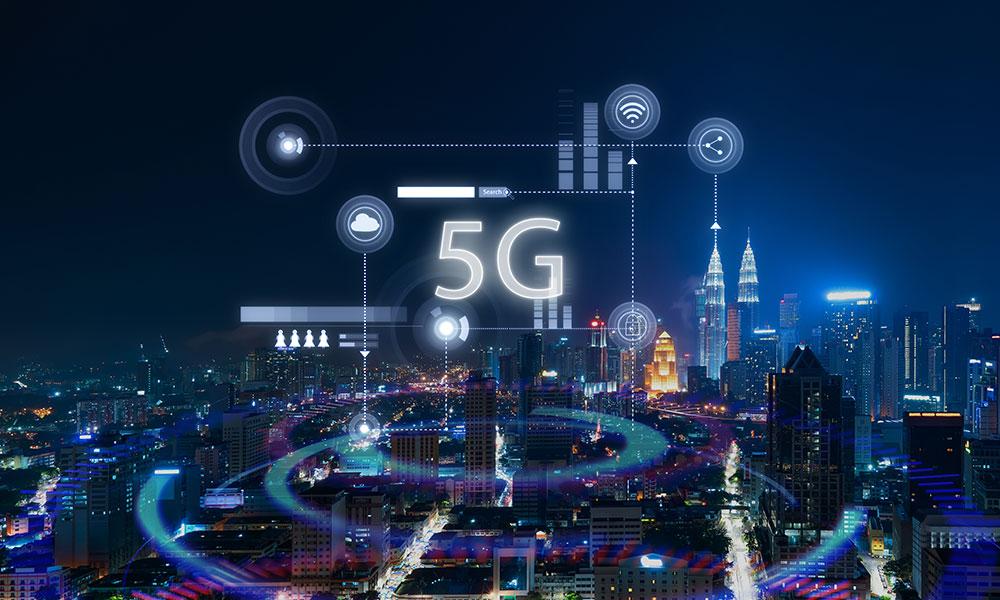
The Evolution of Mobile Networks Leading to 5G
From the humble beginnings of 1G’s analog voice networks to the lightning-fast data highways of 4G LTE, mobile connectivity has undergone a remarkable transformation.Each generation brought groundbreaking improvements:
- 1G introduced wireless voice communication, albeit with limited capacity and security.
- 2G brought digital encryption and SMS messaging, laying the foundation for mobile data.
- 3G unlocked mobile internet and multimedia access, enabling smartphones to flourish.
- 4G revolutionized connectivity with high-speed broadband, supporting video streaming and real-time applications.
The leap to 5G represents not just an upgrade but a paradigm shift in how devices connect, communicate, and create value. By harnessing technologies like millimeter waves, massive MIMO, and network slicing, 5G delivers unparalleled speed, ultra-low latency, and expansive device capacity. According to the International Telecommunication Union (ITU), 5G networks are poised to support a new ecosystem of internet-of-things (IoT), augmented reality (AR), and mission-critical applications.
| Generation | Max Speed | Latency | Key innovation |
|---|---|---|---|
| 1G | 2.4 Kbps | 1000 ms | Analog Voice |
| 2G | 64 Kbps | 300 ms | Digital SMS |
| 3G | 2 Mbps | 100 ms | Mobile Internet |
| 4G | 1 gbps | 50 ms | High-Speed Broadband |
| 5G | 20 Gbps | 1 ms | Massive Connectivity |
As the network architecture continues to evolve, 5G’s impact will extend far beyond faster downloads or better streams. For detailed technical standards and future developments, visit the 3GPP official website, the global authority on mobile communications.Its rollout signals a future where connectivity fuels innovation at every level—from smart cities to autonomous vehicles and remote healthcare.

Transforming User experiences with Enhanced Speed and Latency
5G technology is radically redefining the boundaries of what mobile users expect from their connectivity. With speeds that can exceed 1 Gbps and latency as low as 1 millisecond, the network leap doesn’t just promise faster downloads; it enables real-time responsiveness that was previously unattainable. This dramatic enhancement allows for more immersive experiences in gaming, seamless video streaming, and instant communication, effectively removing the frustrating lag that hinders user satisfaction.
Key improvements 5G delivers include:
- Ultra-low latency, enabling near-instantaneous interaction
- Massive bandwidth, supporting multiple high-definition data streams simultaneously
- Enhanced reliability, keeping connections stable even in crowded urban areas
Consider how these factors impact user experience across devices, from smartphones to emerging Internet of Things (iot) gadgets. The table below demonstrates typical latency reductions compared to previous generations:
| Network | Average Latency | Impact on User Experience |
|---|---|---|
| 4G LTE | 30-50 ms | Noticeable delay in gaming and video calls |
| 5G NR (New Radio) | 1-10 ms | Near real-time interaction |
The shift to 5G isn’t merely incremental; it’s a fundamental transformation that unlocks possibilities for telemedicine, augmented reality, and smart city applications. For a deeper dive into how 5G revolutionizes communication, the International Telecommunication Union (ITU) offers extensive resources on global standards shaping this evolution.
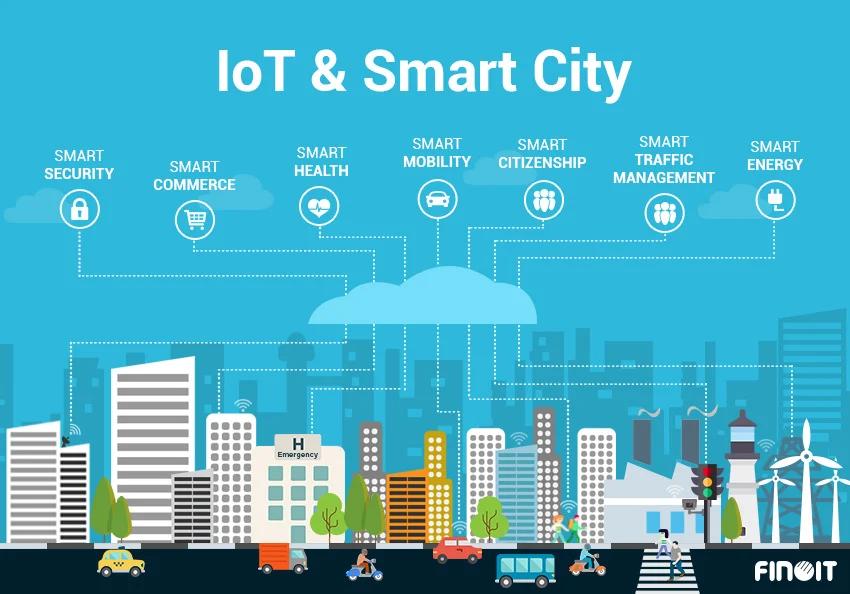
Unlocking New Opportunities in IoT and Smart Cities
As 5G technology continues to roll out globally, it is reshaping the foundation upon which IoT devices and smart city infrastructures operate. This ultra-fast and low-latency network enhances the capability of sensors, cameras, and connected gadgets to communicate seamlessly and in real-time, empowering cities to become more responsive and adaptive. From traffic management to energy distribution, the possibilities unlocked are revolutionary.
Key areas where this connectivity transformation is visible include:
- Smart transportation systems: Real-time data exchange improves traffic flow and reduces accidents.
- Efficient public safety measures: Instant alerts and surveillance enhance emergency responsiveness.
- Environmental monitoring: Sensors track air and water quality continuously for healthier urban living.
| Request | 5G Benefit | Potential Impact |
|---|---|---|
| Smart Lighting | Instant control and automation | Energy savings & reduced costs |
| Waste Management | Real-time bin status monitoring | Optimized collection routes |
| Public Health | Wearable device connectivity | proactive health interventions |
Incorporating 5G technology into urban environments doesn’t just improve infrastructure efficiency; it also opens doors for innovation in citizen engagement and service delivery.The fusion of IoT and 5G is set to make smart cities more than just digitized metropolises—they will be living, breathing ecosystems that anticipate and meet the needs of their inhabitants.

Addressing Security and privacy Challenges in 5G Networks
With the explosion of 5G technology, mobile networks are confronted by unprecedented security and privacy complexities. The hyperconnectivity enabled by 5G’s architecture expands the attack surface dramatically. Unlike previous generations, 5G integrates a vast array of devices—from smartphones to IoT sensors—resulting in an ecosystem where threats can propagate swiftly if not contained.
Key challenges include safeguarding user data amidst faster data exchanges and ensuring the integrity of network slicing, a feature that partitions network resources to serve different services independently. Without robust encryption and real-time anomaly detection,malicious actors could exploit these slices,undermining critical applications. Additionally, the sheer number of interconnected nodes demands innovative approaches to authentication and access control.
- End-to-end encryption: Essential for protecting data in transit across diverse network segments.
- Advanced threat intelligence: Leveraging AI to identify zero-day attacks before damage occurs.
- Regulatory compliance: Adherence to frameworks like GDPR ensures privacy standards are met globally.
| Security Aspect | 5G Considerations |
|---|---|
| Latency Impact | Security checks must be optimized to not delay ultra-low-latency services. |
| Device Diversity | Millions of IoT nodes require scalable management solutions. |
| Network Slicing | Isolate threats within slices to prevent lateral movement. |
For comprehensive insights into 5G security frameworks and best practices, exploring resources from the National Institute of Standards and Technology (NIST) and the GSMA is highly recommended. Their ongoing research shapes the future landscape of resilient and privacy-centric 5G deployments.
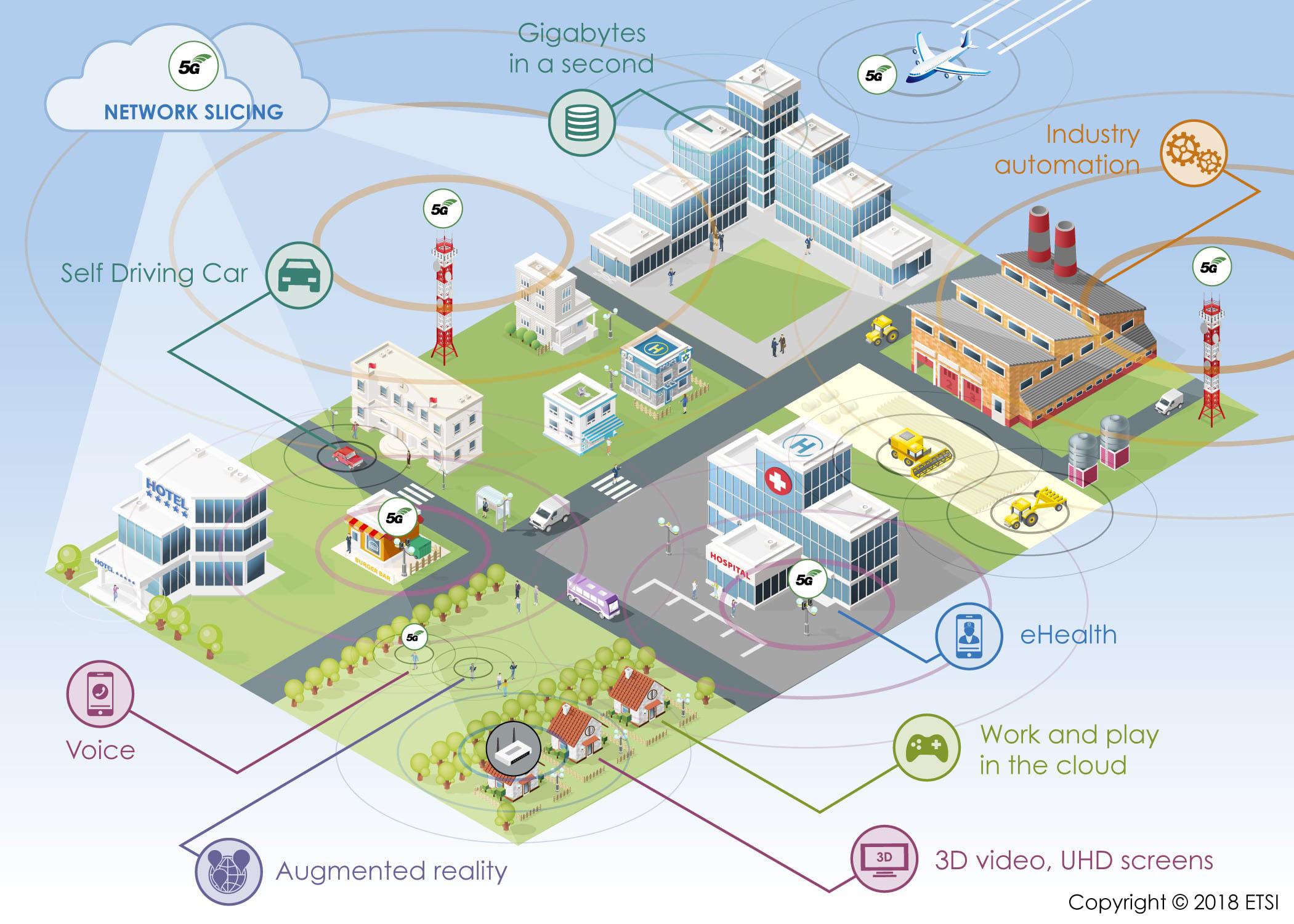
Strategic Recommendations for Leveraging 5G in Business and Daily Life
capitalizing on the transformative power of 5G requires a proactive and nuanced approach. Businesses should prioritize integration strategies that focus on enhancing real-time data analytics and automating operational workflows. By embedding 5G-enabled IoT devices into their infrastructure, companies can unlock new levels of efficiency, from predictive maintenance to immersive customer experiences. Meanwhile, consumers can embrace 5G advancements by adopting connected smart home technologies that streamline daily routines while ensuring data privacy through robust security protocols.
To navigate this evolving landscape, organizations and individuals alike should consider the following strategies:
- Invest in scalable 5G infrastructure: Opt for solutions that grow with yoru needs to maximize ROI.
- Focus on cybersecurity: With increased connectivity comes heightened risk; prioritize end-to-end encryption and regular updates.
- Leverage edge computing: Reduce latency by processing data closer to the source,enabling faster decision-making.
- Foster digital literacy: Equip teams and household members with training to fully harness 5G capabilities.
| Sector | 5G Application | Benefit |
|---|---|---|
| Healthcare | remote Surgery & Telemedicine | Low latency for life-saving procedures |
| Manufacturing | Automated robotics | Increased production speed and safety |
| smart Homes | Connected Appliances | Energy efficiency and convenience |
For further deep dives into 5G’s impact and optimization, authoritative resources such as the McKinsey & Company to understand real-world implementation success stories and challenges.
Final Thoughts
As the threads of 5G continue to weave into the fabric of our daily lives, the landscape of mobile connectivity is poised for a transformation both profound and far-reaching. While challenges remain on the horizon, the potential for faster speeds, reduced latency, and an ever-expanding network of connected devices heralds a new chapter in communication. Ultimately, 5G is not just an upgrade in technology—it is a catalyst, reshaping how we connect, collaborate, and create in an increasingly digital world. As we stand on the brink of this wireless revolution, the true measure of 5G’s impact will unfold in the stories we build and the connections we nurture beyond the signal.


